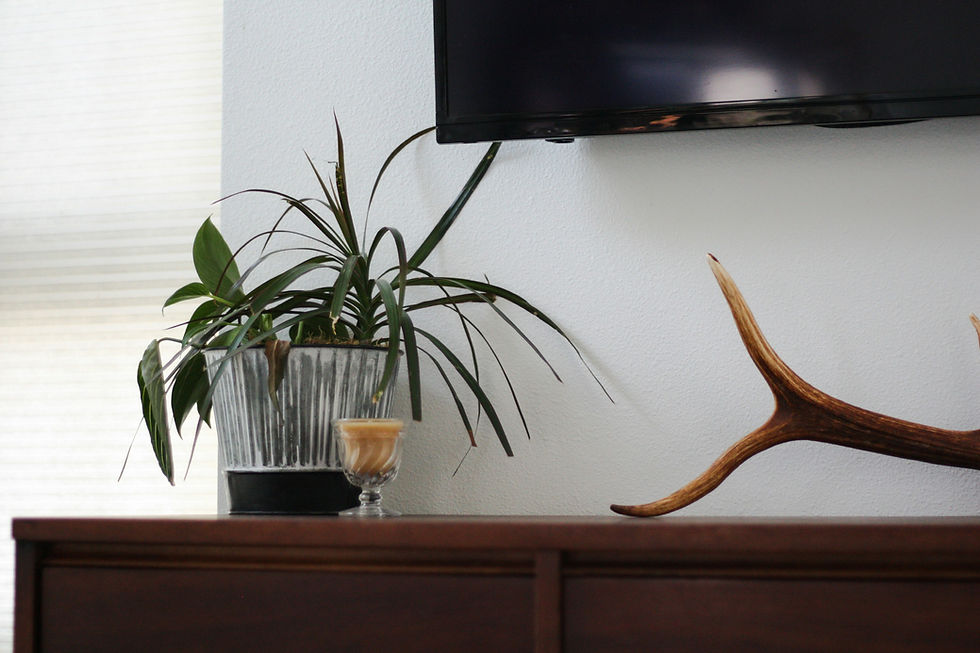How to Protect Wildlife in Your Garden Over Winter
- Jade Burnett
- Oct 30
- 3 min read

As winter approaches, our gardens become quieter, but they’re still home to a wealth of wildlife, from hedgehogs and birds to insects and small mammals. The cold months can be tough on them, but with a little effort, you can help protect and provide for these creatures during the harshest season. Here are some simple ways to make your garden a safe haven for wildlife over winter.
1. Create Safe Spaces for Hedgehogs
Hedgehogs are one of the most vulnerable species during winter. They hibernate from around November to March, so providing a safe, sheltered space is essential. You can create a hedgehog house or leave piles of leaves, logs, and twigs in a quiet corner of your garden for them to nest in. Avoid disturbing these piles, as hedgehogs often rely on them for hibernation.
2. Provide Food for Birds
Winter can be a tough time for birds, as food sources become scarcer. Help by offering high-energy food like suet, seeds, and fat balls. You can hang bird feeders from trees or place trays on the ground for ground-feeding species. Don’t forget to provide fresh water, as natural sources may freeze. Birds need it for drinking and bathing, even during colder months.
3. Leave Some Leaves and Grass Uncut
While it might be tempting to tidy up your garden, leaving some areas untouched can provide vital shelter for insects, amphibians, and small mammals. Overwintering insects like ladybugs and moths often hide in leaf litter or under uncut grass. A messy corner can also provide shelter for frogs, toads, and even some species of bees.
4. Keep a Habitat for Frogs and Toads
If you have a pond, make sure it’s deep enough to prevent it from freezing completely, which can help amphibians like frogs and toads survive. You can also provide a few flat rocks around the pond’s edge for them to rest on. In the absence of a pond, damp areas of your garden will also serve as a perfect home for these creatures.
5. Create a Wildflower Patch
Wildflowers offer a habitat for insects, and many of them bloom well into the autumn. By letting some of these flowers go to seed, you can provide food for birds and insects. Even in winter, seed heads like those of sunflowers or thistles can be a food source for birds.
6. Maintain Your Compost Pile
Compost heaps are a great habitat for a variety of wildlife, including worms, beetles, and small mammals. During the winter months, they offer a warm refuge from the cold. Just make sure to leave some sections undisturbed, as these creatures need time to thrive.
7. Avoid Pesticides and Chemicals
Winter may seem like the time for pest control, but avoid using harmful chemicals. Not only do they harm the wildlife you’re trying to protect, but they also disrupt ecosystems. Instead, try natural alternatives like neem oil or companion planting if you want to manage pests.
Your garden can be a lifeline for wildlife throughout the winter. By making small changes, like leaving leaves undisturbed, offering food and shelter, and avoiding harmful chemicals, you’ll create a safer, more sustainable environment for hedgehogs, birds, and insects alike. Not only will you be helping the local wildlife, but you’ll also get to enjoy the quiet beauty of a winter garden that’s buzzing with life, even in the coldest months. By adding these simple measures, you’ll be doing your bit to protect our native wildlife during one of their most challenging seasons. Let’s make our gardens not just a sanctuary for us, but for the creatures that need us most.









Comments